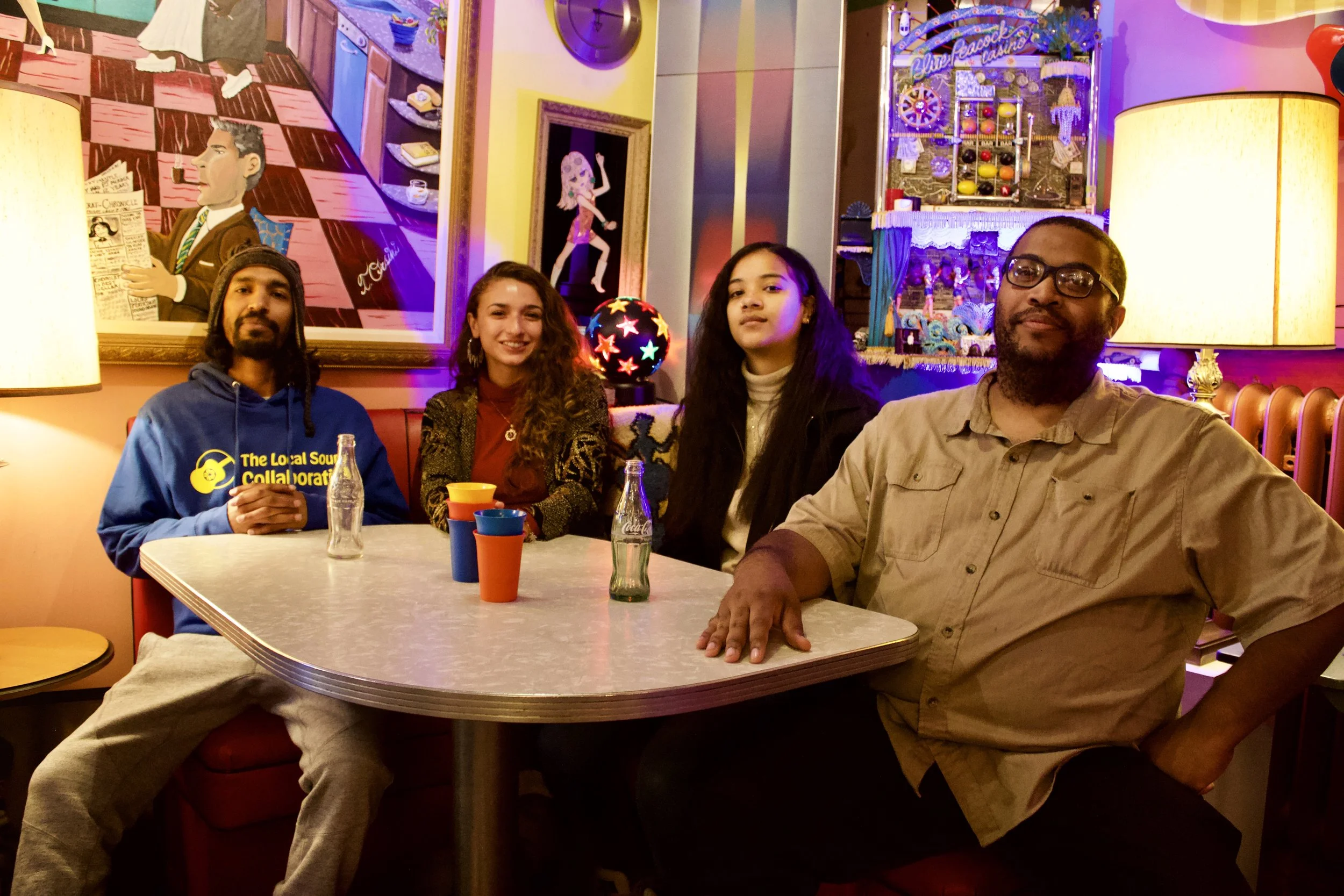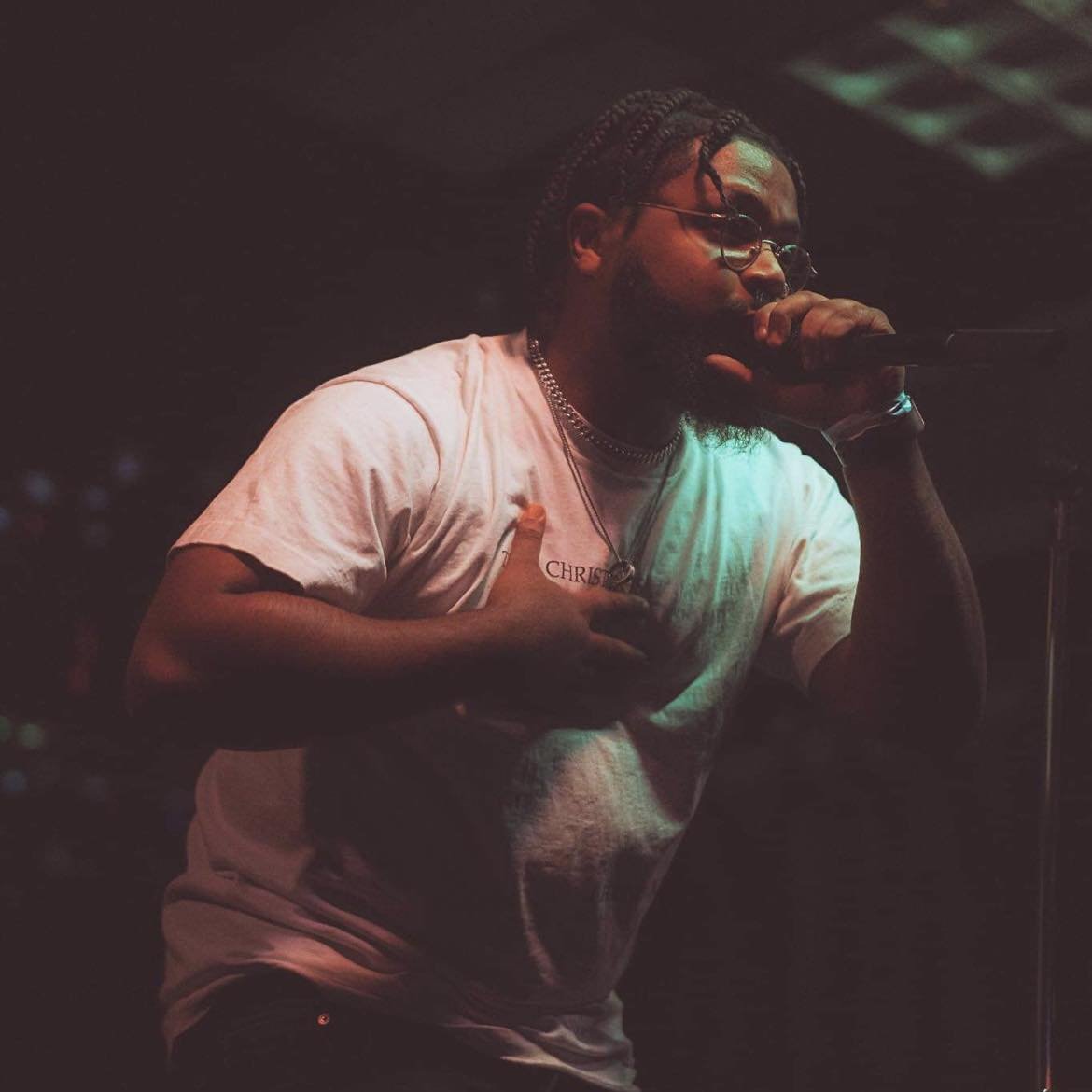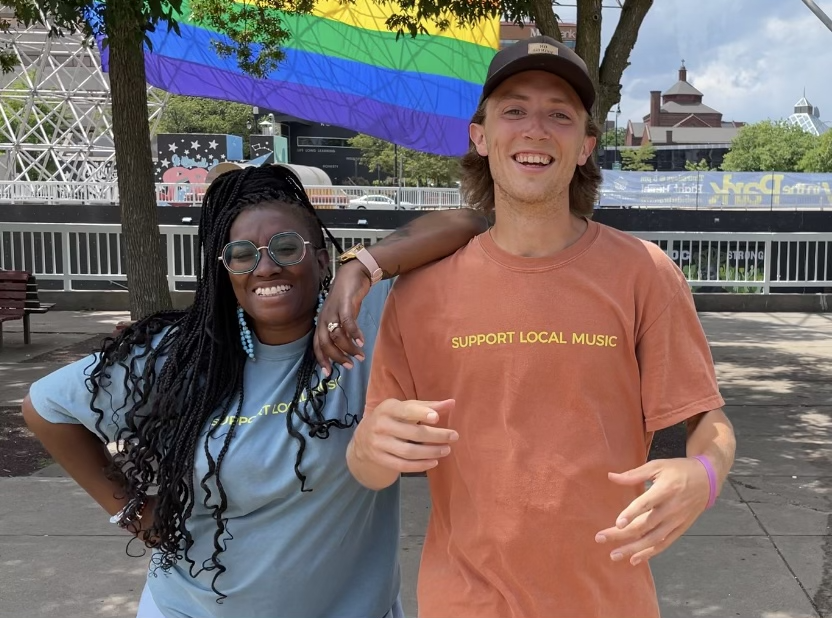Outputs vs Outcomes: Measuring the Success of Our Programs
As we go into the second year of our organization existing and as we continue to develop our Artist Grants Program, we are constantly asked the question “What does success look like for this program?”
I love that question. It crosses my mind at random times of the day as I sift through the 130 artist applications we have this year, or even as I watch our artists perform out in the scene. It’s a huge question, it is incredibly difficult to narrow down, and honestly one of the first times I was asked the question was during a professional radio interview, and I fumbled over my answer.
We know it will be successful when…
When people are able to lead more steady lives? When musicians are able to pursue their craft and adequately feed their families? When band leaders can pay their counterparts fairly for their time? When creatives can meet their basic needs like paying rent and medical bills more easily?
Our current artist cohort for 2022-23
How could we best measure success for this grants program, and how do you demonstrate those results to the rest of the world?
At first it seemed a little obvious to me. Clearly measured success could be found in numbers, right? If we could measure more how this money was impacting even more people than just the five individual artists. Some of our artists have kids - if money is spent on groceries, there would be more impact. Some of our artists are in bands - if money is spent on gear for different members, there is more impact, right?
So then I really started to obsess over numbers. And one thing about me - I hate numbers. I save my taxes to the last second every year, and Geometry class was a dark time for me in my life. But my thought was if we could better demonstrate our numbers, and if we could continue to grow our capacity, then we were doing a better job. We now offer 6 spots for this year’s program (one more than last year!) You would think it was all starting to make more sense…
A Different Direction
But amidst this number conquest I started to come across other articles and podcasts that started to push me in a different direction. On a random drive through the city I downloaded a podcast episode from “A Modern Nonprofit Podcast” where the host interviews Rebecca Rodriguez about program development.
About fifteen minutes in she mentions how nonprofits obsess over something called “outputs” or more simply, the numbers. For instance, outputs are things like “we have served 1000 kids this year through the arts program” or “500 meals have been served to folks in this specific community.” It is the number counting that happens in an effort to validate the impact of our programs.
But then Rebecca went on to talk about “outcomes” and the biggest freaking lightbulb went off in my head.
Outcomes vs Outputs
Outcomes are the more intangible results. These outcomes focus on behavior, skills, attitudes, and awareness. And these are the critical components that impact our human experience and the people we intend to serve. She argues oftentimes that our society is so fixated on consumeristic practices, that we always want more - but sometimes more isn’t always better.
Imagine going to 5 holiday parties in one day. If you were to do that, your outputs might be that you eat more food, you see more relatives, etc. But what are the outcomes? Is it the time of sitting with a grandparent and sharing a moment of joy from that past year? Is it building connections with cousins or relatives you otherwise wouldn’t have had the chance to? Do we lose out on the ability to build on those outcomes if our outputs are too great?
What Rebecca and other nonprofit leaders are advocating for is a greater emphasis on the outcomes: the way we began to positively impact and change our perspectives and our community awareness.
Piece of the Puzzle
This is not a blog post to say numbers are bad or wrong. Of course we want to be able to showcase and keep track of this very crucial data that paints a picture of growth and impact. But I believe the work we are doing is so much more valuable than what we put on paper. The Artist Grants Program was never introduced as the end all be all solution for the Rochester music scene. We believe it is another small piece of the puzzle to help create one of our outcomes. We want to create an ecosystem in our local community that values music.
And we have found validation in that pursuit. We hear artists in their interviews talk about how validating it is for them for something like this to exist in our city. Even if the other 124 artists who don’t receive the grant this year aren’t chosen, they have shown such selfless support in the idea that these programs benefit all of us as a whole. That positivity and love is more powerful than any other statistic I could throw at you.
So we will continue to count our numbers, and record data that tells our story. But for every grant dollar we distribute, we know that the outcome of this work is to build a community that supports one another.
That will be the true mark of success.
Ray Mahar
Executive Director
ray@thelocalsoundcollaborative.org




